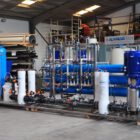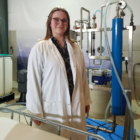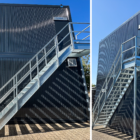A bioinhibitor is a chemical substance that inhibits or controls the growth and activity of microorganisms in water circuits and water treatment systems. The primary use of bioinhibitors is to prevent biofouling in membrane filtration systemscooling water systems and other industrial systems. Biofouling is caused by the growth of microorganisms such as bacteria, algae and fungi that form biofilms on water-bearing surfaces, which can impair the efficiency and service life of the systems.
Bioinhibitors play a key role in maintaining the performance and efficiency of water treatment plants and industrial water circuits by controlling microbial growth before serious scaling and operational problems occur.
Table of contents
Technical background
Microorganisms such as bacteria, algae and fungi are a major problem in industrial water treatment, as they can easily multiply in systems with flowing water. These organisms adhere to surfaces and form a biofilm, which forms a slime-like layer on the membranes, pipes or heat exchangers. This leads to a reduction in permeability and heat transfer as well as an increase in operating pressure in membrane filtration systems. The bioinhibitors act on the biochemical processes of the microorganisms by either inhibiting their reproduction or preventing their adhesion to surfaces.
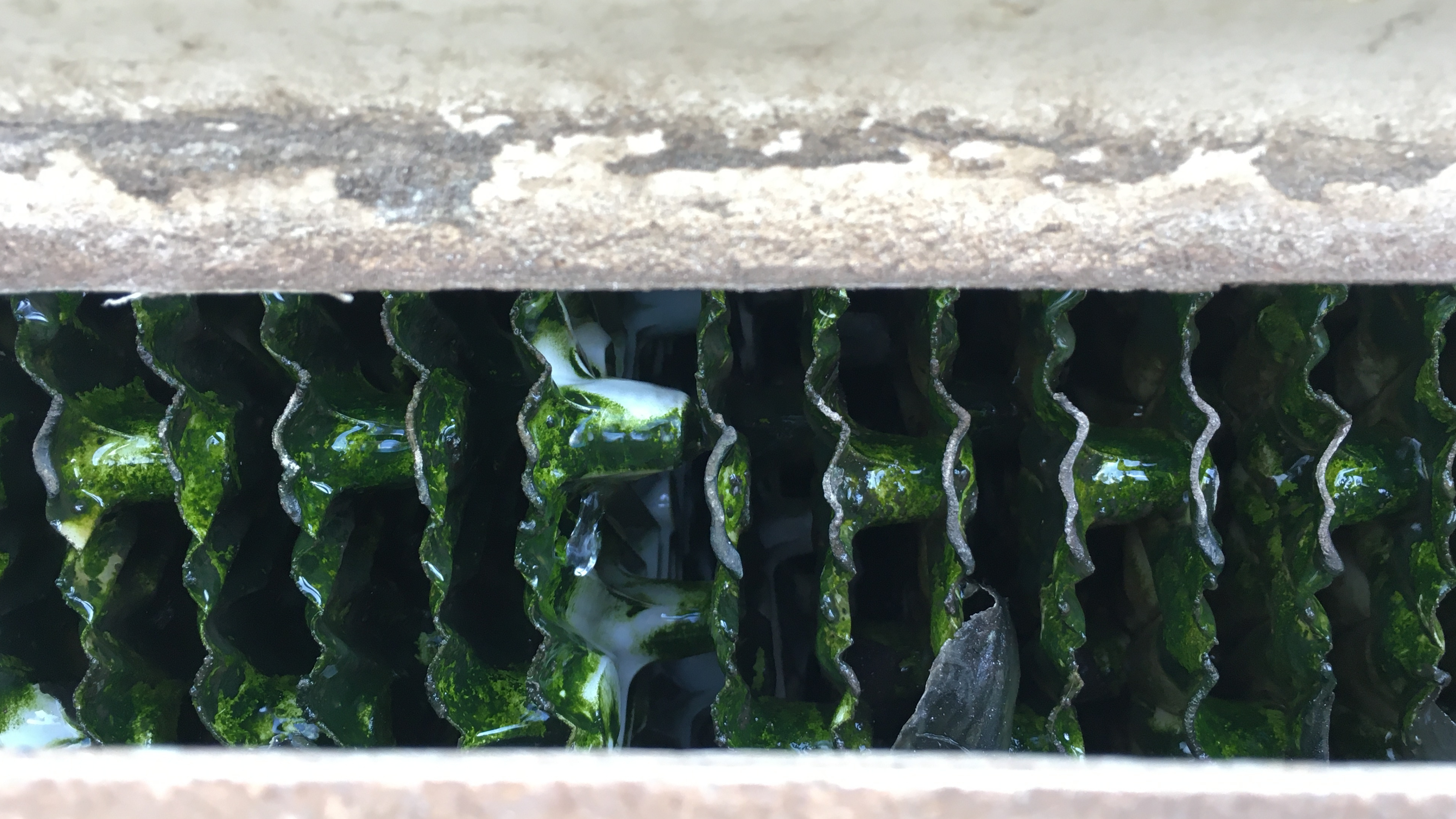
Photo: Biofouling on a heat transfer surface
Mode of action of bioinhibitors
Bioinhibitors are designed to prevent or control the growth of microorganisms in various ways. They either intervene directly in the metabolic processes of the microorganisms or prevent the organisms from adhering to surfaces in contact with water, thereby preventing the formation of a biofilm.
Inhibition of cell growth: Some bioinhibitors block cell division and the growth of microorganisms by disrupting important metabolic processes such as protein synthesis or DNA replication. As a result, the microorganisms cannot multiply and their population is kept in check.
Alteration of the cell membrane: Other bioinhibitors attack the cell membranes of the microorganisms and cause increased permeability, which ultimately leads to the death of the cells.
Inhibition of biofilm formation: Some bioinhibitors specifically prevent the adhesion of microorganisms to surfaces, which effectively prevents the formation of biofilms. The inhibition of biofilm formation greatly reduces the colonization of new microorganisms.
Areas of application for bioinhibitors
Bioinhibitors are used in various industries that rely on closed water circuits or membrane systems. membrane systems to maintain their processes efficiently. Here are some examples where bioinhibitors play a central role:
1. membrane filtration (e.g. reverse osmosis)
Bioinhibitors are used in membrane filtration systems to prevent the accumulation of microorganisms on the membrane surfaces. This is crucial to minimize biofouling, which can severely affect the performance of reverse osmosis and nanofiltration systems.
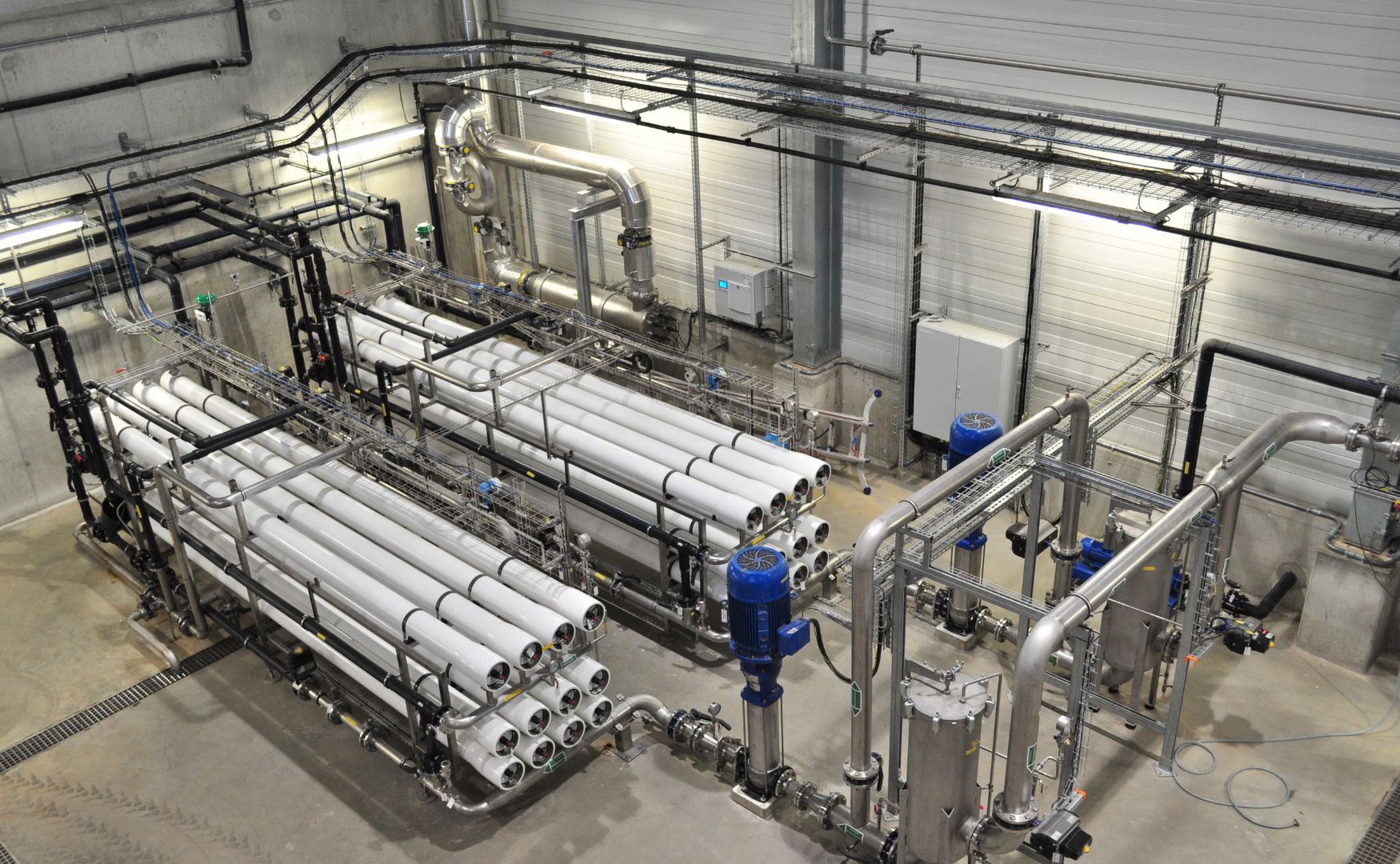
Photo: ALMA BHU BiosS-Treat reverse osmosis system for recovering process water from wastewater
2. cooling water systems
In industrial cooling water systems, bioinhibitors prevent the formation of biofilms on the heat exchangers and in the pipes. This ensures improved heat transfer and reduces the risk of corrosion, which can be caused by the activity of microorganisms under the biofilm.
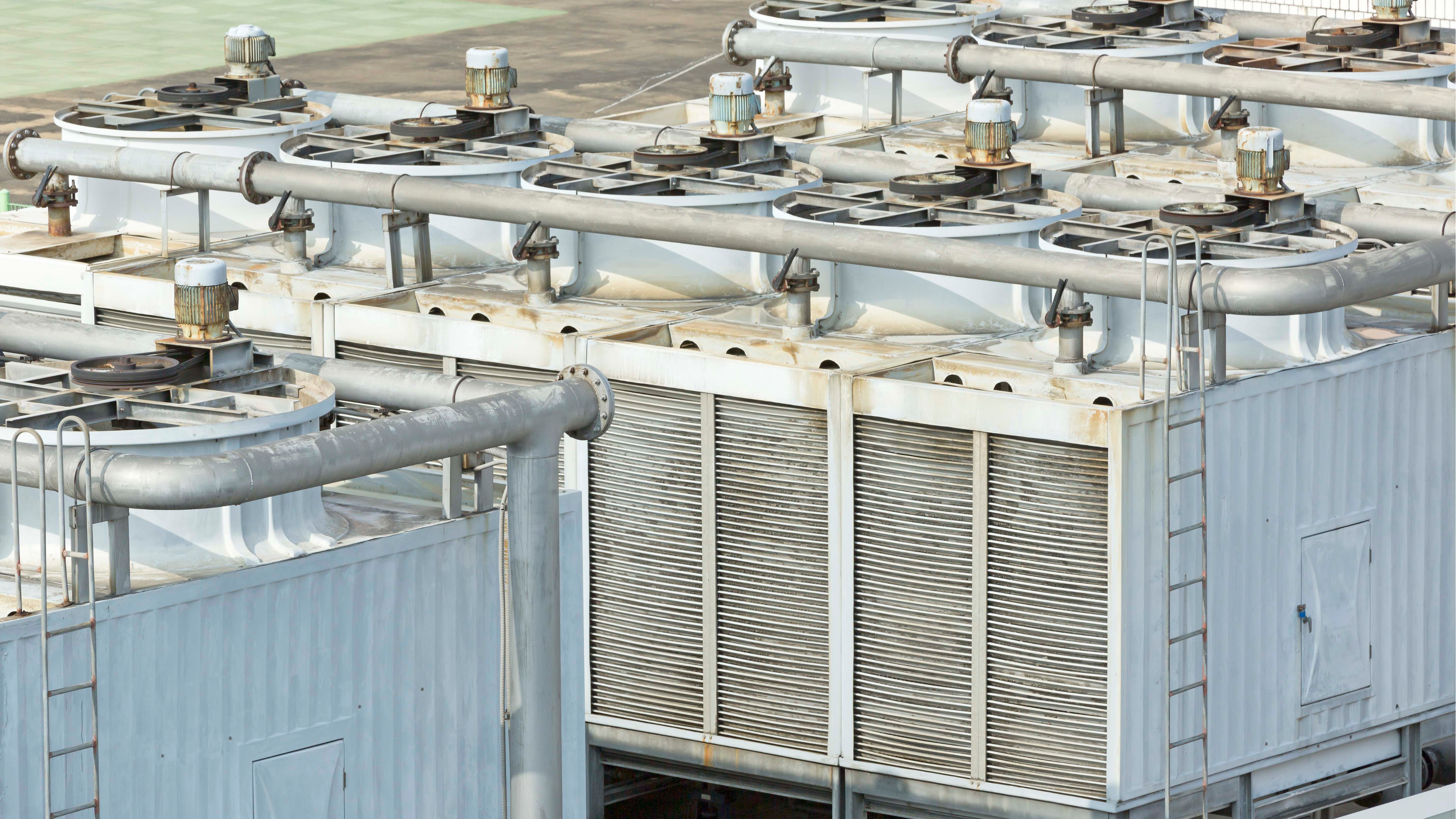
Photo: Evaporative cooling system
3. industrial water cycles
In closed water circuits, such as those used in the pulp and paper industry, the chemical industry and the pharmaceutical industry, bioinhibitors help to keep microbial contamination to a minimum and operate the systems efficiently.
ALMA AQUA Bioinhibitors
The ALMA AQUA bioinhibitors from ALMAWATECH are specially developed products that are used in cooling water systems and membrane filtration systems to control the activity of microorganisms and maintain the efficiency of the systems. These bioinhibitors are able to prevent the formation of biofilms and at the same time ensure the chemical stability of the water cycle.
In addition to the bioinhibitors, ALMAWATECH also offers biocideswhich can be used specifically against existing microbiological contamination, as well as corrosion inhibitors, hardness stabilizers and dispersants which, in combination with the bioinhibitors, represent a comprehensive protection programme for industrial water circuits.
Advantages of bioinhibitors
Prevention of biofouling: The use of bioinhibitors greatly reduces the risk of biofilm formation, which increases the efficiency of water circuits and membrane systems. membrane systems increased.
Lower operating costs: By reducing the frequency of cleaning and the use of chemicals to remove biofilms, operating costs can be significantly reduced.
Extended service life of systems: Bioinhibitors protect the surfaces of system components against microbial colonization and corrosion, which extends the service life of membranes, pipes and heat exchangers.
Energy savings: Preventing biofilm formation maintains heat transfer efficiency in cooling water systems, which reduces energy consumption and leads to more sustainable system utilization.
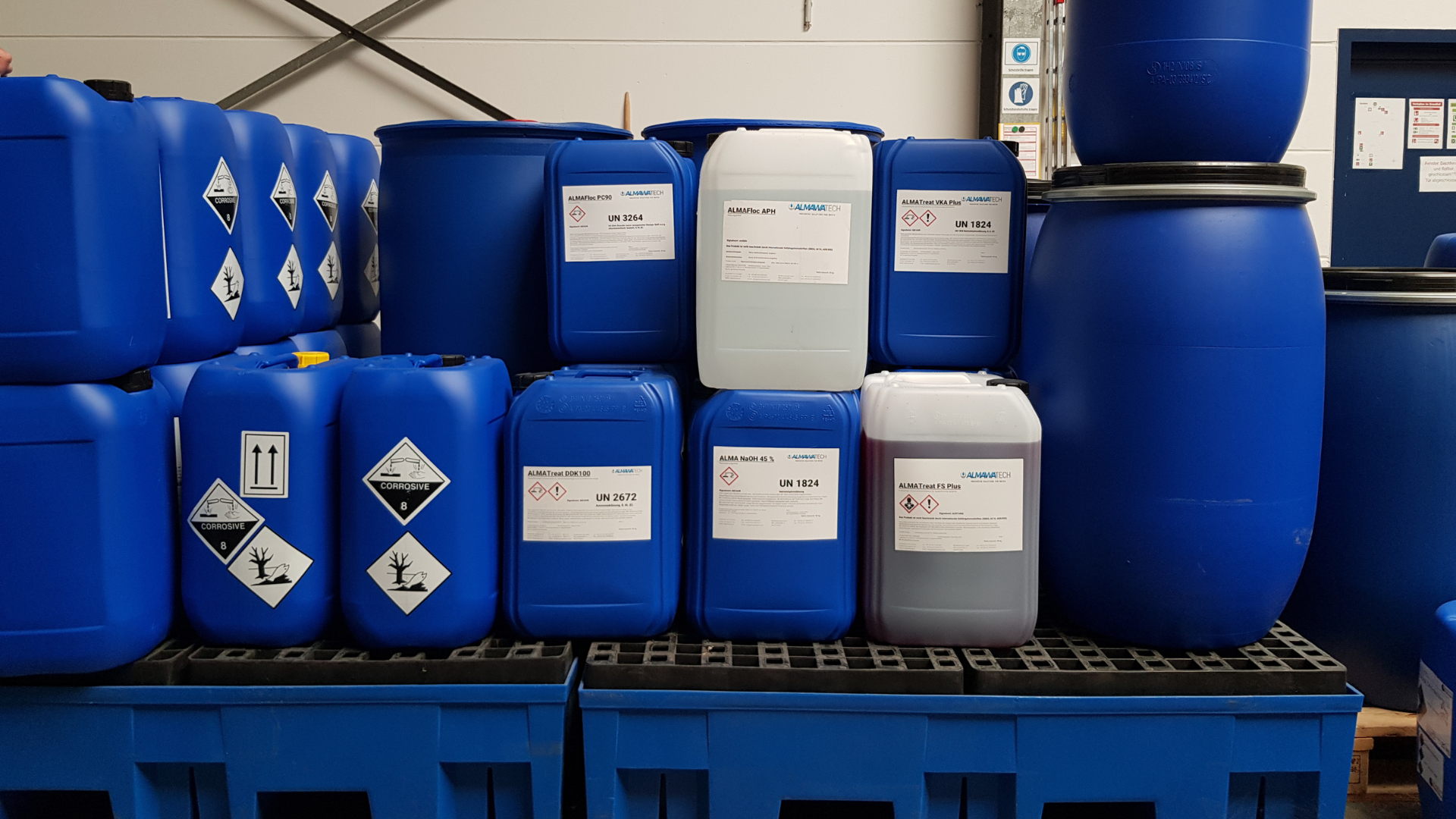
Photo: ALMA AQUA membrane and ALMA AQUA cooling water operating fluid
Conclusion
Bioinhibitors are a key component in the prevention of biofouling in water treatment and circulation systems. They help to control the microbial load, prevent biofilms and increase the efficiency of membrane systems and cooling water systems.
With the ALMA AQUA bioinhibitorsALMAWATECH offers innovative solutions that are tailored to the specific requirements of industrial water circuits. In combination with other water treatment solutions, such as biocides, corrosion inhibitors, hardness stabilizers and dispersants, bioinhibitors make a decisive contribution to optimizing the performance and service life of water systems and reducing operating costs.
For further information on our products, please feel free to contact us at any time!




